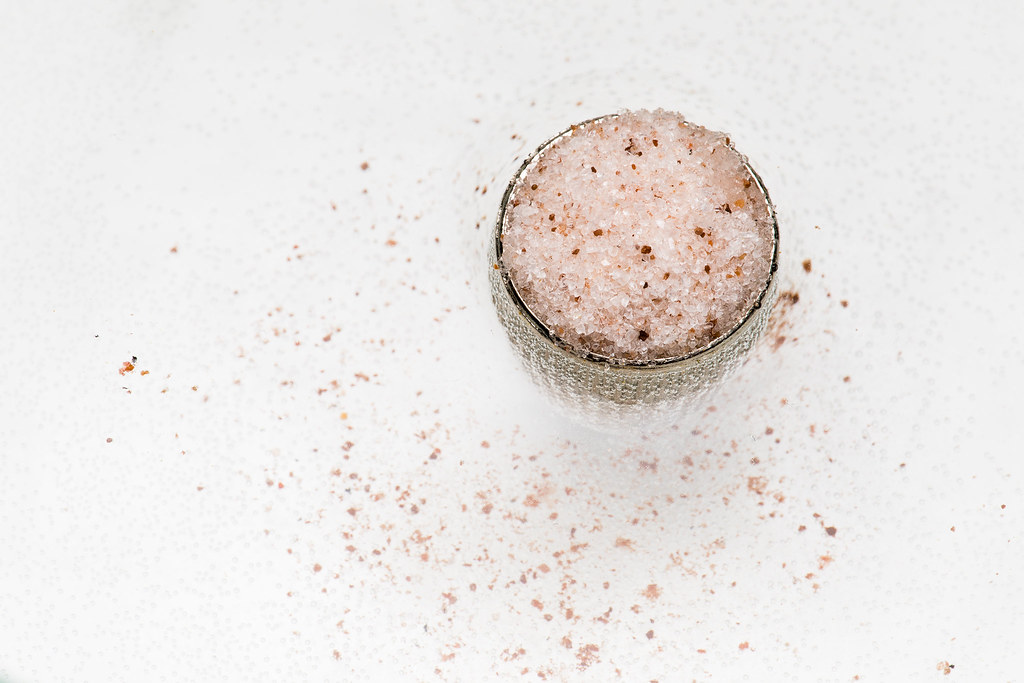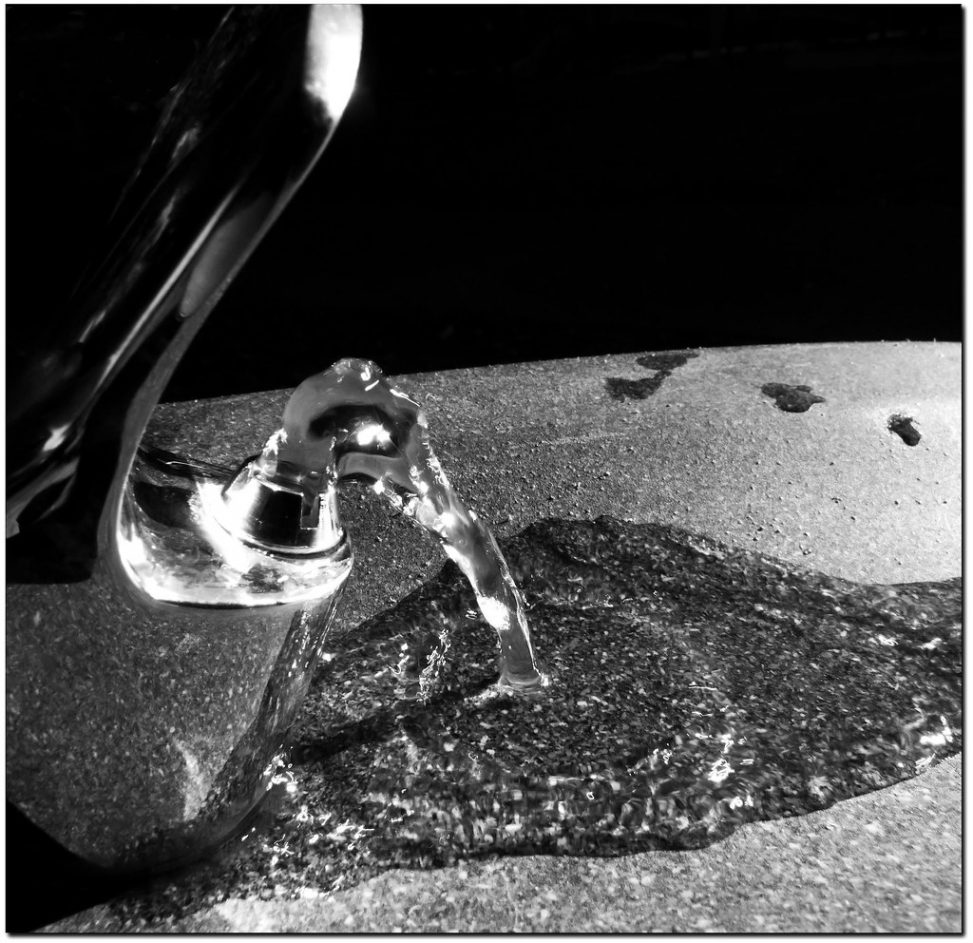Desalination, the process of removing salt from water, is a practical way to provide drinking and irrigation water to communities who have lost their primary water source. More commonly, it acts as a backup in case the inevitable should occur and is slowly being implemented into more communities, particularly along coastlines.
A team of researchers from the University of Bath has devised a low cost and low maintenance method to desalinate water in potentially bulk quantities. The method consists of three primary components: ionic rectifiers (positive and negatively charged filters), ionic diodes (positive and negatively charged sources of electricity), and 3-D printed water basins.
This new technique can not only separate salt from water, but also compile the salt to be collected.
The ionic diodes work with the ionic resistors to form am electrically driven circuit. The researchers flip a switch to shift the charge of the voltage in the saltwater from positive to negative and back again. This blocks and opens varying chambers, resulting in a build-up of salt in outside chambers, while the desalinated water remains inside the circuit. In short, one chamber holds the salt-free water while another collects the extracted salt.

Model and picture of the desalination machine.
The concentration of salt in the inside of the circuit, where the desalinated water is contained, is closely measured along with the intensity of electricity. As the amount of salt in the center decreased, so did the ionic currents. If everything goes smoothly, an ideal rectification ratio of 4-5 would ensure optimization of energy/electricity use in the conversion process.
Unfortunately for the research team, this was not the case. Instead, they recorded an abysmal ratio of two and lower! The thin film used to strain the saltwater and help conduct the positive and negative charges was determined to be the main cause of energy loss.
The film, named Fumasep FAS-130, was the thinnest material available to the team that would still (technically) work, but it rapidly degrades when attached to an activated circuit. When all was said and done, their brilliant idea to separate salt from the water and to collect the salt with little hands-on work, resulted in a flimsy 12% efficiency rate.

Pink salt in water. Picture courtesy of Creative Commons.
Fortunately, the team is confident their low efficiency is an easy fix. First and foremost, they’ll need a better film, preferably one that doesn’t degrade immediately upon being placed in saltwater. Altering the size and location of the holes in the film used to filter the water could also yield improvements. In addition, stronger electrodes (therefore stronger electrical voltage) and larger vats of saltwater could result in creating drinking water in bulk through this process.
So yes, this technique certainly has its issues, but it offers insight into a new method of desalination with incredible potential. It doesn’t have any moving parts, only electricity from the diodes, so it needs little to no maintenance, it’s cheap compared to other methods, and (when the efficiency issue is sorted out) will be low energy as well. This simple process could one day save countless communities struggling from lack of water after natural disasters, all by removing salt from water.
https://www.sciencedirect.com/science/article/pii/S0011916419321940?via%3Dihub
Putra, B. R.; Madrid, E.; Tshwenya, L.; Arotiba, O. A.; Marken, F.; An AC-driven desalination/salination system based on Nafion cationic rectifier. Science Direct 2020. DOI: https://doi.org/10.1016/j.desal.2020.114351

Alex
"This title was very eye catching! That is so interesting that such a ..."
Alex
"This is really interesting! The fact that crops and plants are damaged is ..."
Alex
"Well done, this article is great and the information is very captivating! Ethics ..."
Alex
"I was intrigued throughout the whole article! This is such an interesting topic, ..."
Alex
"This is such an interesting article, and very relevant!! Great job at explaining ..."
Grandpa
"Honey You Did a good job I will forward to my eye doctor "
murphymv
"This article is fascinating because it delves into the details of the research ..."
murphymv
"I agree, adding the photo helped solidify the main finding. "
murphymv
"This is a fascinating finding. I hope this innovative approach to improving transplants ..."
Sherzilla
"This is a great article! I would really love to hear how exactly ..."
Sherzilla
"It's disappointment that these treatments were not very effective but hopefully other researchers ..."
Sherzilla
"I agree with your idea that we need to shift our focus to ..."
Sherzilla
"It's amazing to see how such an everyday household product such as ..."
Lauren Kageler
"I will be interested to see what the data looks like from the ..."
Lauren Kageler
"A very interesting article that emphasizes one of the many benefits that the ..."
maricha
"Great post! I had known about the plight of Little Browns, but I ..."
Sherzilla
"I assumed cancer patients were more at risk to the virus but I ..."
Sherzilla
"Great article! It sheds light on a topic that everyone is curious about. ..."
maricha
"This article is full of really important and relevant information! I really liked ..."
maricha
"Definitely a very newsworthy article! Nice job explaining the structure of the virus ..."
maricha
"It's interesting to think that humans aren't only species dealing with the global ..."
murphymv
"This is very interesting and well explained. I am not too familiar with ..."
Lauren Kageler
"Great article! This post is sure to be a useful resource for any ..."
Lauren Kageler
"Definitely seems like an odd pairing at first, but any step forward in ..."
murphymv
"What an interesting article! As you say, height and dementia seem unrelated at ..."
murphymv
"Great article! I learned several new methods of wildlife tracking. This seems like ..."
murphymv
"Very interesting topic! You explained cascade testing and its importance very well. I ..."
Alex
"This article is really interesting! What got me hooked right away was the ..."
Sabrina
"I found this article super interesting! It’s crazy how everyday products can cause ..."
Erin Heeschen
"I love the layout of this article; it's very eyecatching! The advancements of prosthetics ..."
murphymv
"Awesome article! I like the personality in the writing. Flash Graphene not only ..."
murphymv
"Very interesting work! I don't know a whole lot about genetics, but this ..."
Cami Meckley
"I think the idea of using virtual reality technology to better help prepare ..."
Erin Heeschen
"I wonder if there's a connection between tourist season and wildfires in the ..."
Ralph berezan
"Not bad Good work "
Michelle
"This sounds like it would be a great tool for medical students! ..."